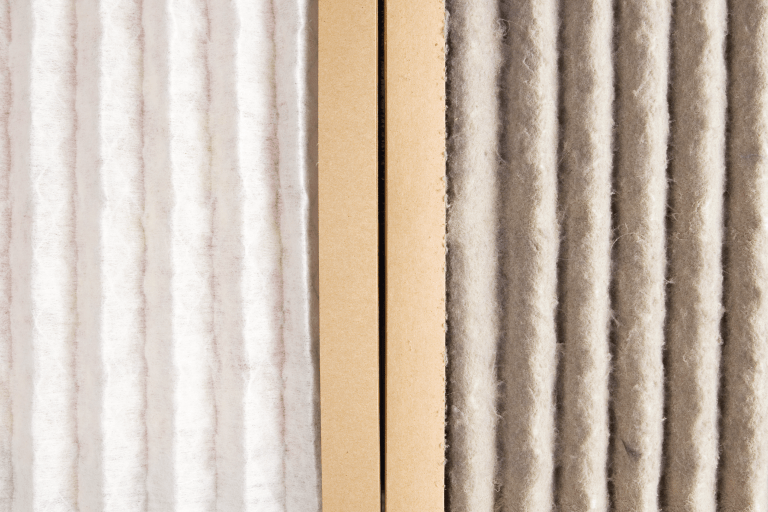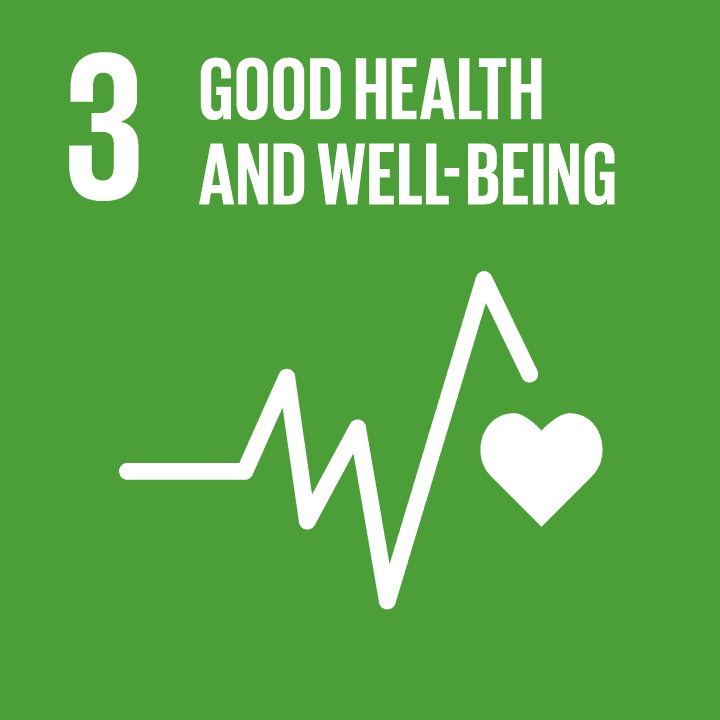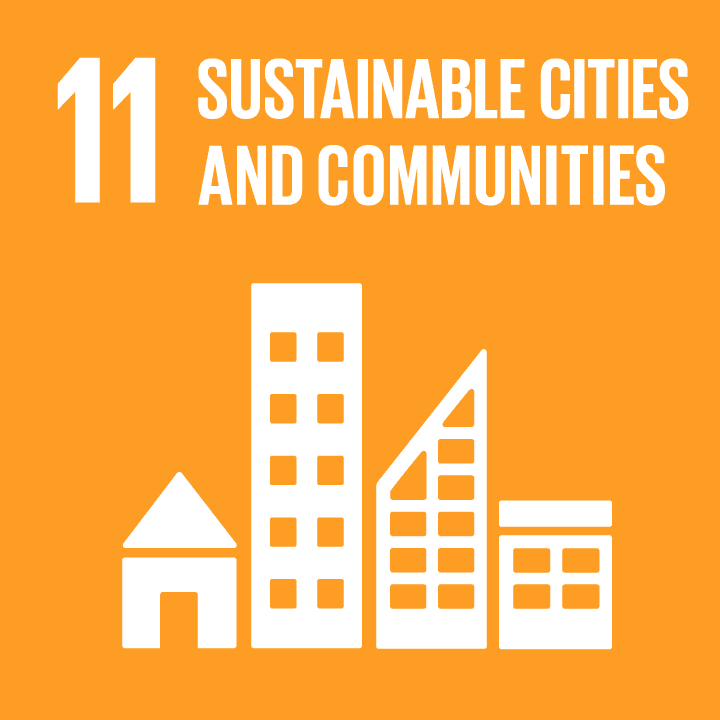Cleaning the Air
 Photo: © iStock-145237344_rehmno
Photo: © iStock-145237344_rehmno - Resource Type
- Project
- Subjects
- Earth Science Engineering
- Topics
- Engineering Process Sustainability
- Time for activity
- 2-3 hours
In this activity, students undertake an engineering challenge as they design and build a filter without blocking more than 50% of the air.
- Introduction
-
Air pollution is caused by solid and liquid particles and certain gases that are suspended in the air. These particles and gases can come from car and truck exhaust, factories, dust, pollen, mold spores, volcanoes and wildfires. The solid and liquid particles suspended in our air are called aerosols.
Certain gases in the atmosphere can cause air pollution. For example, in cities, a gas called ozone is a major cause of air pollution. Ozone is also a greenhouse gas that can be both good and bad for our environment. It all depends where it is in Earth’s atmosphere. Ozone high up in our atmosphere is a good thing. It helps block harmful energy from the Sun, called radiation. But, when ozone is closer to the ground, it can be really bad for our health. Ground level ozone is created when sunlight reacts with certain chemicals that come from sources of burning fossil fuels, such as factories or car exhaust. When particles in the air combine with ozone, they create smog. Smog is a type of air pollution that looks like smoky fog and makes it difficult to see.
Engineers design methods of removing particulate matter from industrial sources to minimize negative effects of air pollution. One of the biggest challenges engineers face is devising new techniques to prevent industrial air pollution. Engineers are creative in designing modern pollutant recovery methods and industrial technologies that remove particulate matter from industrial sources to minimize negative effects of air pollution. Mechanical and environmental engineers develop new technologies to control the problems old technologies have created. For example, engineers create air filtration systems that are commonly used in homes and businesses. In this activity, students undertake a similar engineering challenge as they design and build a filter to remove pepper from an air stream without blocking more than 50% of the air.
- Key Objectives
-
- To be able to describe several causes and health effects of air pollution.
- To be able to use the engineering design/test/build process to create a model indoor air filter.
- To be able to count and calculate the average number of particles collected in one area.
- To understand how engineers construct air filters to clean air pollution.
- Guiding Questions
-
- What are the different types of pollution?
- What are the major causes of pollution?
- What can we do to prevent pollution?

/rating_on.png)
/rating_half.png) (13 )
(13 )




